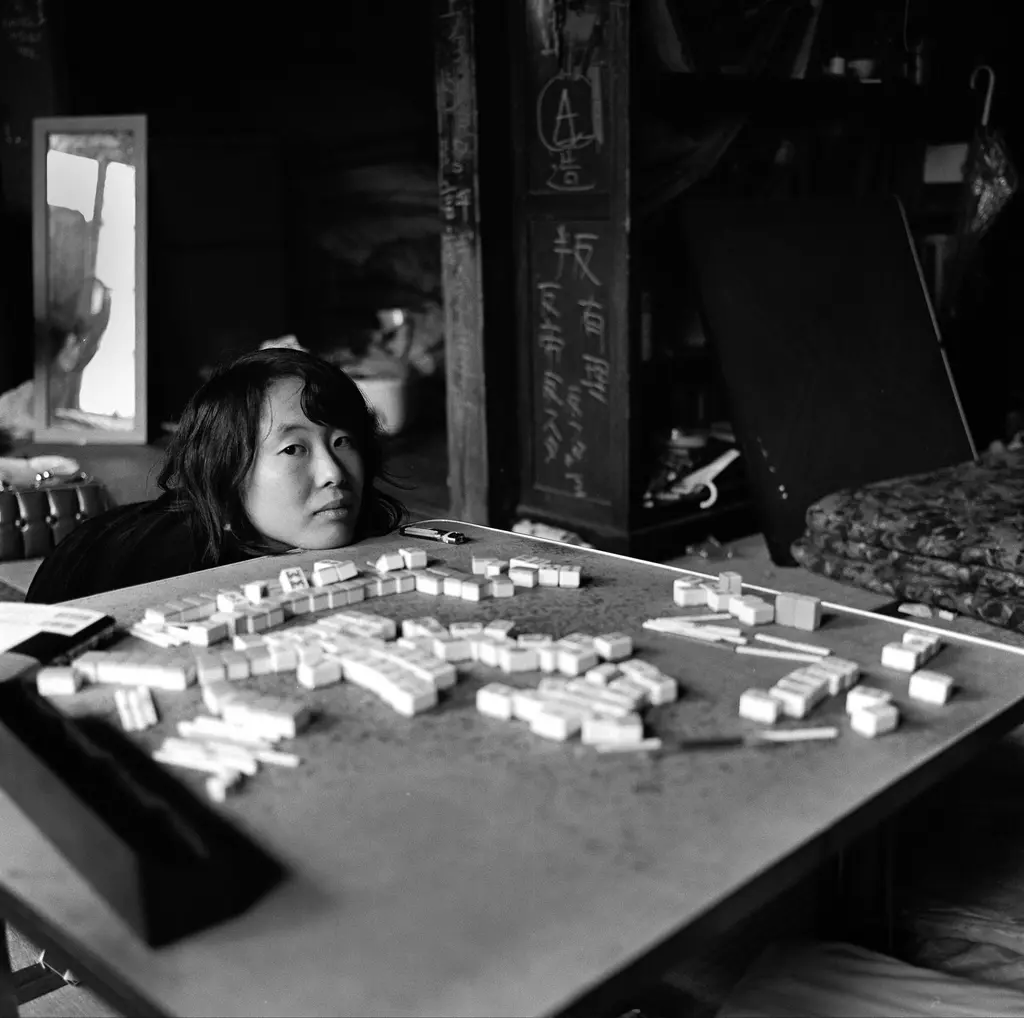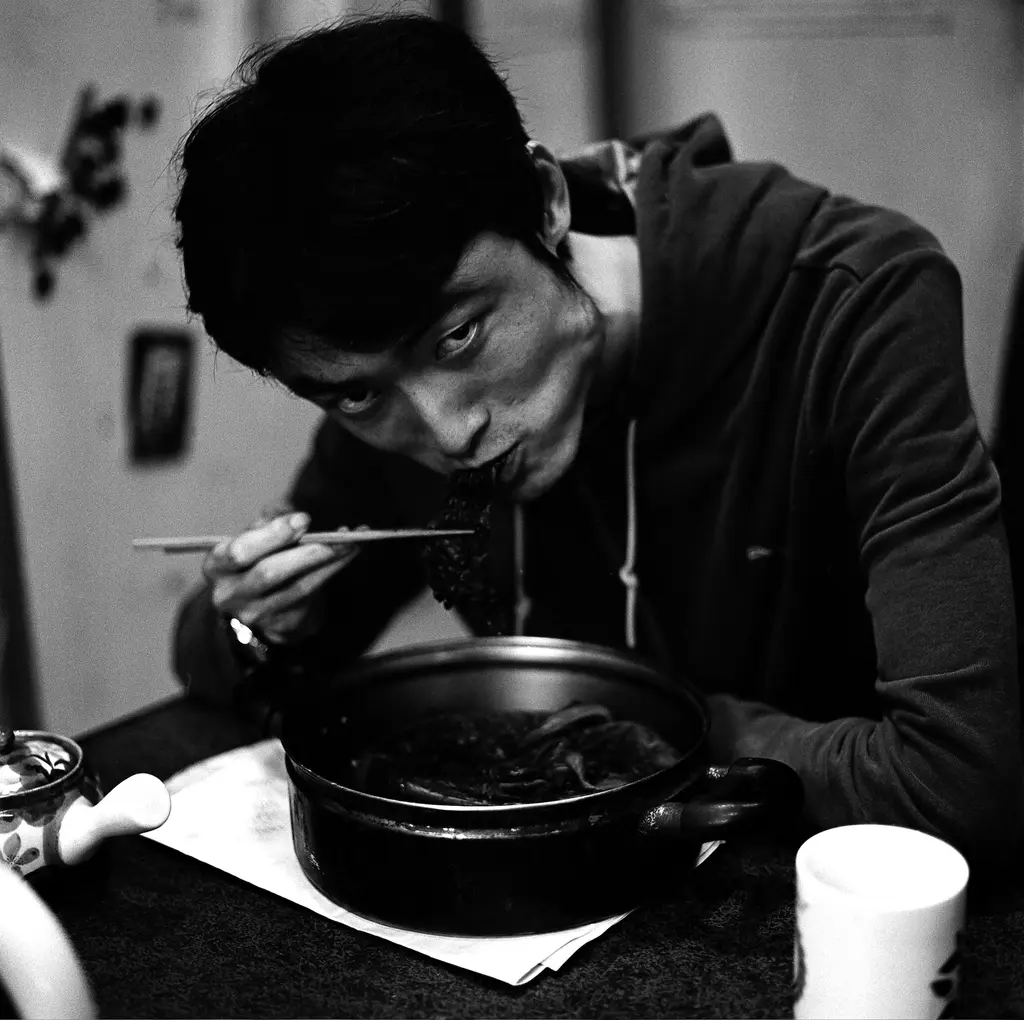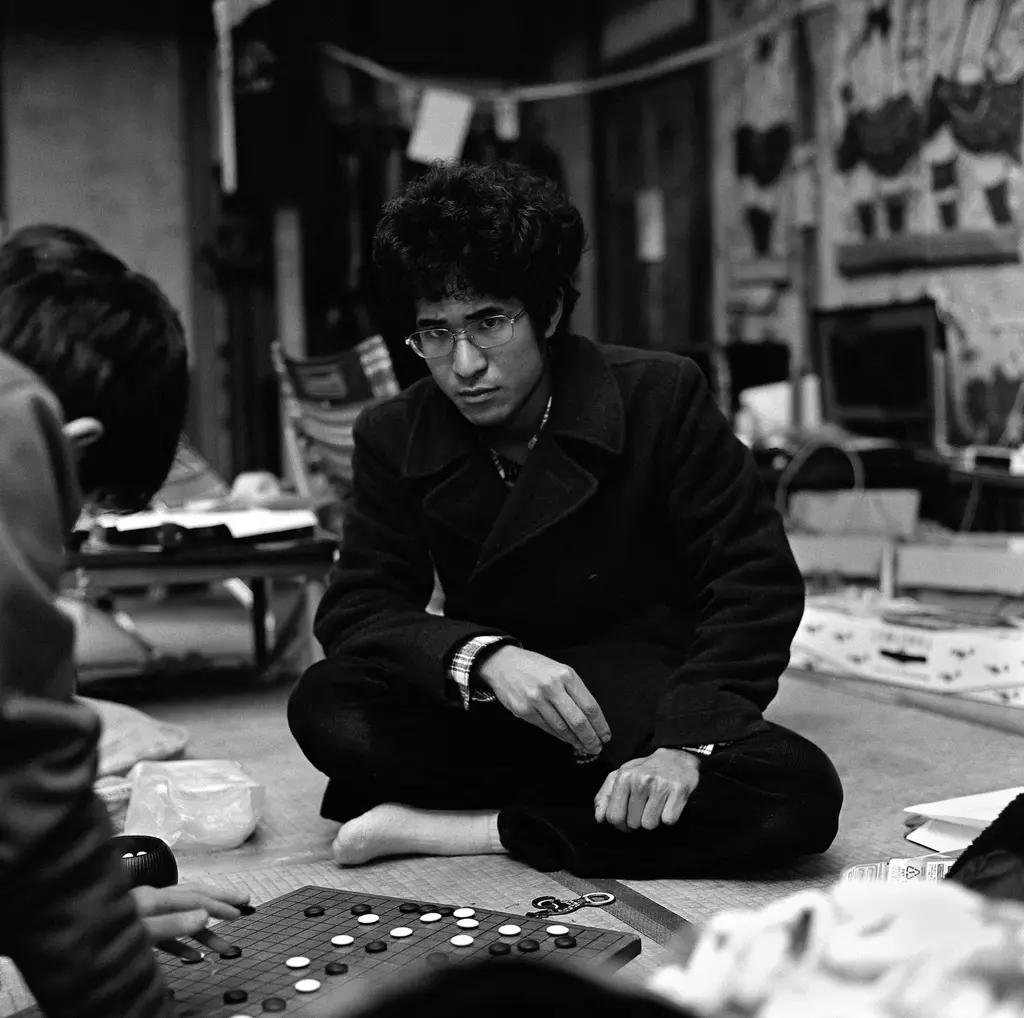The Japanese student dorm that governs itself

Since 1913, Kyoto University’s Yoshida dorm has been home to radical, anti-establishment youth.
Culture
Words: Marigold Warner
Down a dirt path cocooned by ginkgo trees at Kyoto University is the Yoshida dorm: the oldest existing student accommodation in Japan. Built in 1913, traces of the dorm’s 110-year history are strewn everywhere. Graffiti and peeling posters cover its walls, with empty sake bottles, instant noodle pots and dirty blankets littering its faded wooden floors.

Like any student digs, it’s a bit of a mess. But in a country like Japan, which promotes strict social rules and a conservative mindset, the Yoshida dorm is an outlier. Monthly rent is ¥2,500 (around £20, compared to £160 for a single bedroom with a shared kitchen and toilet at the same university). Meanwhile, the bathrooms are all unisex and the building is self-governed by its 120 residents, who share the grounds with a clutch of chickens. Its canteen also functions as a venue for club nights, gigs, theatre performances and exhibitions.
“From the outside, it looks uninhabited,” says photographer Kanta Nomura, who documented the dorm from 2008 – 2018. His 2022 book, The Yoshida Dormitory Students’ History, combines his own photos with archival images and documents collected from alumni across generations. “[The dorm] isn’t really spoken about on the internet or in the media, so it’s unlikely you’d know about it unless you were a student in Kyoto.”
Throughout its little-known history, the Yoshida dorm has been a breeding ground for creativity and left-leaning politics. At the beginning, though, it wasn’t intended to be radical, or a place for any kind of fun. Kyoto University is said to be the second-hardest to get into in Japan – the equivalent of Oxbridge or the Ivy League. The Yoshida dorm was initially built as a boarding house for elite students to focus on their studies. But what did they expect to happen, leaving more than 100 young people to self-govern an entire building?


Kyoto is a city of scholars, artisans and factory workers, and its 15 universities were a huge part of the revolutionary student protests that raged through Japan in 1968 – 69. The protests – driven by alienation among Japanese youth – culminated in the All-Campus Joint Struggle Committees, a group of anti-government, anti-Japanese Communist Party radicals fighting against “American imperialism”, “Russian Stalinism” and capitalism in Japan that left its youth feeling existential.
In that context, the Yoshida dorm quickly became a hub for intelligent young people with counter-cultural views and a curiosity about alternative styles of living. The university has always prioritised dorm applications from economically disadvantaged students, and its self-governing model has protected them from rising costs of living in Japan.
But like all liberal, free-thinking organisations, its history has been punctuated by several battles for survival, and in recent years the crackdown has escalated. In 2017, the university ordered students to leave, saying the building wasn’t adequately protected against earthquakes. After a series of protests, in April 2019 the university filed a lawsuit against the students for illegal occupation, and then were forced to leave.
That legal battle continues today, with more than 15 court hearings to date. The university claims it will rebuild the dorms, with the students having to find temporary accommodation in the meantime. But according to Nomura, the students suspect otherwise. The dorm takes up valuable land close to the university campus and the general consensus is that the building will be demolished and replaced with more profitable accommodation.


This is also part of a nationwide pattern. In 2001, the 50-year-old Komaba Dormitory in Tokyo was demolished and never rebuilt. Like the Yoshida dorm, it was also self-governed, and a hub for organisers during the ’60s protests. More recently, last March, two dorms at Kanazawa University were shut down. These kinds of environments, already few and far between in Japan, are dwindling. According to a 2020 survey carried out by the Japan Student Services Organization, only 6.2 per cent of students at public universities live in dorms. Around a third live at home with their parents, and the rest live in private flats.
These spaces are important for young people, especially in Japan. The country has a notoriously strict working culture and the ladder to get there is equally stringent. “Yoshida dormitory exists outside of that chosen path,” says Nomura. “People who don’t choose that path, who don’t feel like they belong, have been saved by the Yoshida dorm.”
Nomura himself was one of those people. He was studying law in the late-’90s when he first came across the Yoshida dorm. “Dull light was leaking through the open door,” he says. “I walked towards the entrance, but then I turned back because I felt guilty trespassing on someone else’s property.” Around a decade later, feeling unsatisfied working in a corporate job at a trading company, he decided to quit and start a degree in documentary photography, which led him back to the dorm.


“I felt like I was reliving my student experience,” says Nomura. For 10 years, he visited the dorms every month, sometimes staying for weeks at a time and living in there himself. Going against the grain of what was expected of him, Nomura felt an affinity with the students. “These are incredibly talented, intelligent people,” says Nomura. “Usually, if you go to the second-best university in Japan, you’re guaranteed a place at an elite company. But in the Yoshida dorms, people choose [to live in] a different way.” Nomura met one student who ran a peacock society and another self-studying the ecology of snails. Some students abandoned academia entirely – one left to become a fisherman – while others continued into MAs and PhDs just so they could stay in the dorm.
Nomura was moved by all these stories, which he felt lived within the ramshackle walls of the 110-year-old structure. Thousands of students have come and gone, and they’ve always done the same things – eating together, drinking together, sleeping together. “[The building] was the reason why I made the book in the first place. The moment I entered the dorm, I felt as if I was seeing an accumulation of histories of all the generations before. If the building disappears, the memories that it holds will disappear with it.” he says.
Like the building itself, Nomura’s book has become a portal. The Yoshida dorm may cease to exist soon, but the sounds and smells of the history that unfolded there are bound into the book for generations.
Grab a copy of Kanta Nomura’s The Yoshida Dormitory Students’ History at cesura.it







